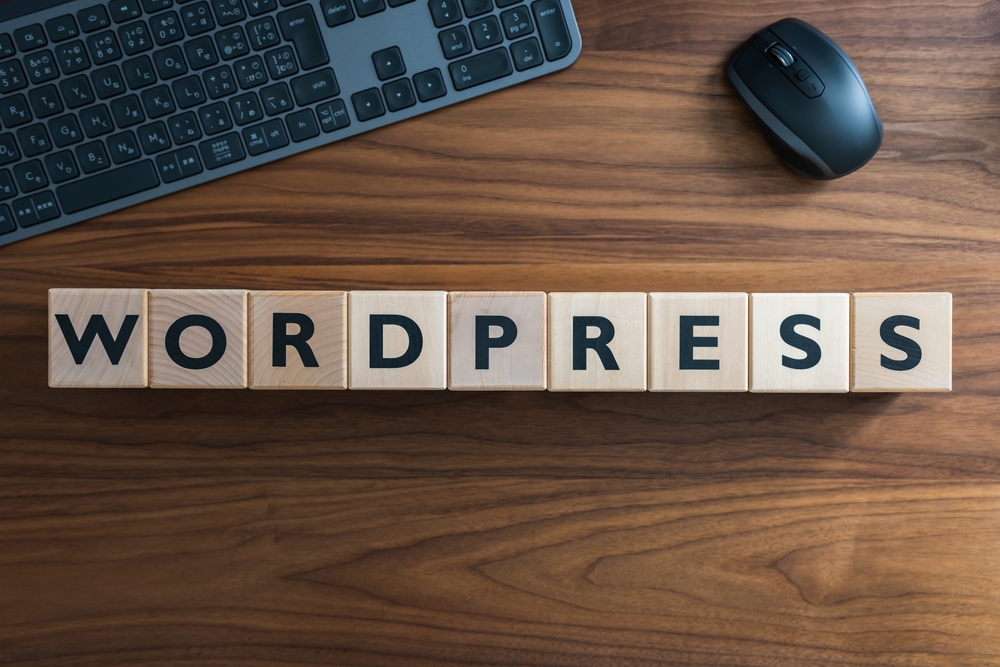
WordPress is a powerful and versatile content management system that allows users to create and manage websites with ease. Whether you're a beginner or an experienced user, there are various customization and maintenance techniques that can help you take your WordPress site to the next level. In this article, we will explore essential tips to help you master the art of WordPress (the platform for bloggers) customization and maintenance.
Understanding Themes
WordPress themes play a crucial role in the overall appearance and functionality of your website. When selecting a theme, it's important to choose one that aligns with your website's purpose and target audience. There are thousands of free and premium WordPress (WP) themes available, each offering unique styles and features.
To customize your WordPress theme, navigate to the Appearance tab in your WordPress (the blogging platform) dashboard. Here, you can customize various aspects of your theme, including colors, fonts, layouts, and more. Additionally, you can further enhance your theme's functionality by installing and configuring various plugins.
Optimizing Performance
A slow website can negatively impact user experience and search engine rankings. Optimizing your WordPress site for speed and performance is essential. Here are some tips to consider:
1. Choose a Reliable Web Hosting Provider: Ensure that your web hosting provider offers fast and reliable servers optimized for WordPress.
2. Use Caching Plugins: WordPress caching plugins help generate and serve static HTML files, reducing the load on your server and improving load times.
3. Optimize Images: Use image optimization plugins or tools to compress and resize images without compromising quality.
4. Minify CSS and JavaScript: Minifying CSS and JavaScript files can reduce their file sizes, resulting in faster page load times.
Ensuring Security
WordPress is a popular platform, making it a target for hackers. Protecting your WordPress site from security threats is crucial. Here are some essential security tips:
1. Keep WordPress Updated: Regularly update WordPress to ensure you have the latest security patches.
2. Use Strong Passwords: Avoid using common or easily guessable passwords. Instead, use a combination of uppercase and lowercase letters, numbers, and special characters.
3. Install a Security Plugin: Utilize security plugins that offer features such as malware scanning, firewalls, and login protection.
4. Backup Your Website: Regularly backup your website to ensure that you have a copy in case of any security breaches or data loss.
Customizing Plugins
WordPress offers a vast repository of plugins that can enhance your website's functionality. However, it's important to customize these plugins to suit your specific needs. Here's how:
1. Read Plugin Documentation: Familiarize yourself with the plugin's documentation to understand its features and customization options.
2. Explore Plugin Settings: Most plugins have settings that allow you to customize their behavior. Navigate to the plugin settings in your WordPress dashboard and tweak them according to your preferences.
Monitoring and Analytics
To track the performance and success of your WordPress website, it's important to utilize monitoring and analytics tools. These tools provide valuable insights into your website's traffic, user behavior, and more. Here are some key tools to consider:
1. Google Analytics: Install the Google Analytics tracking code on your WordPress site to monitor traffic, user engagement, conversions, and more.
2. Jetpack: Jetpack offers various features, including site stats, social media sharing, and performance monitoring.
Frequently Asked Questions
Q1. Is WordPress (or WP) suitable for eCommerce websites?
A1. Absolutely! WordPress offers robust eCommerce plugins, such as WooCommerce, that allow you to easily create and manage an online store.
Q2. Can I customize the design of my WordPress theme?
A2. Yes, you can customize the design of your WordPress theme by using the built-in customization options or by modifying the theme's CSS and template files.
Q3. How often should I update my WordPress plugins?
A3. It is recommended to keep your plugins updated regularly to ensure that you have the latest features, bug fixes, and security patches.
Q4. Can I migrate my WordPress site to a new web hosting provider?
A4. Yes, you can migrate your WordPress site to a new hosting provider. There are various plugins and services available that simplify the migration process.
Q5. What should I do if I encounter a WordPress error?
A5. If you encounter a WordPress error, don't panic. Start by disabling any recently installed plugins or themes. If the issue persists, consult the WordPress support forums or seek assistance from a WordPress developer.
In conclusion, WordPress offers endless possibilities for customization and maintenance. By following these essential tips, you'll be well on your way to mastering WordPress and creating a highly optimized and secure website.
Other useful resources
- https://www.wordpress24plus.com/wordpress-tools-directory/wordpress-themes/
- https://www.wordpress24plus.com